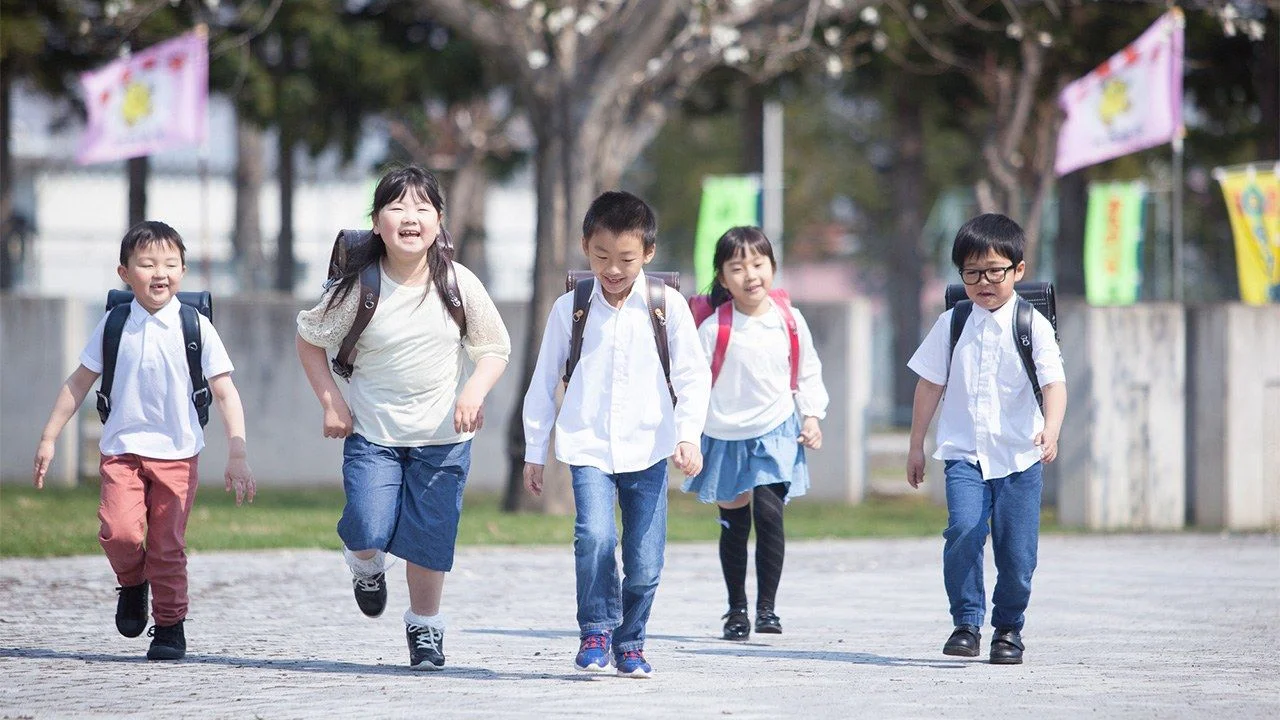Japanese children are known for their independence and self-reliance, as they often travel to school by themselves from a young age. This phenomenon has caught the attention of people around the world, who marvel at the safety and trust that allow children to navigate their daily commute without adult supervision. So how do Japanese children manage to travel to school alone, and what does it say about Japanese culture and society?
One factor that allows Japanese children to travel to school independently is the safety of the streets and public transportation. Japan has a low crime rate, and people generally feel safe walking alone at night or taking public transportation. This is partly due to a highly efficient and well-funded police force, but it is also due to a culture of respect and responsibility. People look out for each other, and there is a strong sense of trust that children will arrive safely at school and back home again.
Another factor is the infrastructure of Japanese cities and towns. Many neighborhoods have dedicated walking paths and bike lanes that make it easy and safe for children to travel to school. Train stations and bus stops are often located within walking distance of homes and schools, and the public transportation system is clean, efficient, and reliable. This means that even very young children can navigate their way to school without getting lost or encountering dangerous situations.
Parents also play a role in fostering their children’s independence and self-reliance. From a young age, Japanese children are taught to be responsible for their own actions and to take care of themselves. Parents encourage their children to walk or bike to school, and they teach them how to stay safe while doing so. Children are also encouraged to help with household chores and to take on other responsibilities, which helps build their confidence and sense of competence.
Of course, there are some risks associated with children traveling to school alone, even in Japan. Accidents can happen, and children can get lost or encounter dangerous situations. However, Japanese society has developed a system to help mitigate these risks. Many schools have “school safety patrols,” made up of older students who help younger children navigate their way to and from school. Parents also often form “walking school buses,” where groups of children walk to school together, with adult supervision.
In conclusion, Japanese children’s independence and self-reliance in traveling to school alone is a reflection of the safety, trust, and responsibility that are ingrained in Japanese culture and society. By creating safe and efficient transportation systems, fostering a culture of respect and responsibility, and encouraging children to take on responsibilities from a young age, Japan has developed a system that allows children to become independent and self-reliant in a safe and supportive environment.




